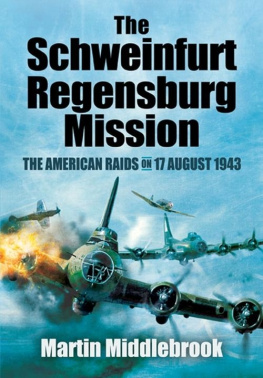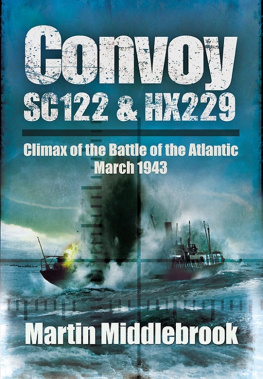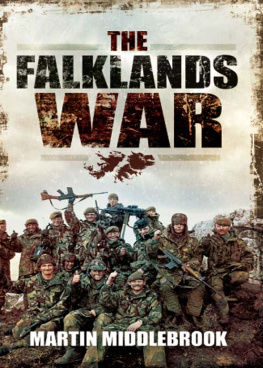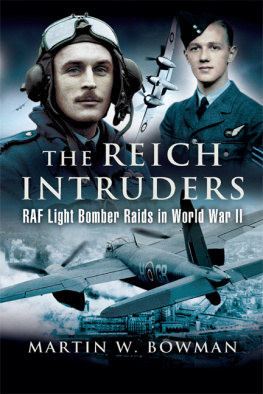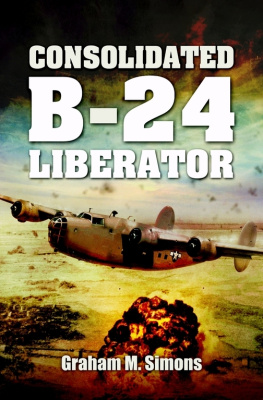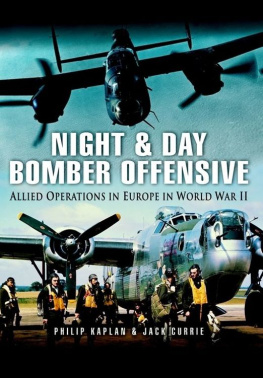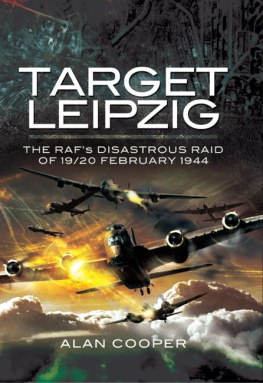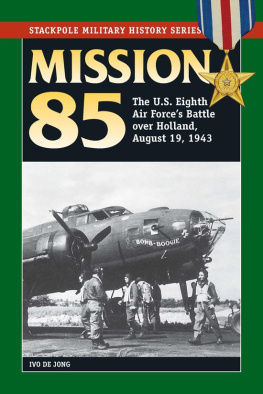Other books by Martin Middlebrook
The First Day on the Somme
The Nuremberg Raid
The Sinking of the Prince of Wales & Repulse
(with Patrick Mahoney)
The Kaisers Battle
The Battle of Hamburg
The Peenemnde Raid
The Falklands War
The Bomber Command War Diares
(with the late Chris Everitt)
Convoy SC122 & HX229
The Berlin Raids
The Argentine Fight for the Falklands
The Middlebrook Guide to the Somme Battlefields
(with Mary Middlebrook)
The Bruckshaw Diares (ed.)
Everlasting Arms (ed.)
Arnhem 1944
Your Country Needs You
Captain Stanilands Journey
The War Dead of Twyning Parish

First published in Great Britain in 1983 by
Allen Lane
Republished in this format in 2012 by
PEN & SWORD AVIATION
An imprint of
Pen & Sword Books Ltd
47 Church Street
Barnsley
South Yorkshire
S70 2AS
Copyright Martin Middlebrook 1983, 2012
9781844684496
The right of Martin Middlebrook to be identified as Author
of this work has been asserted by him in accordance with the
Copyright, Designs and Patents Act 1988.
A CIP catalogue record for this book is
available from the British Library
All rights reserved. No part of this book may be reproduced or transmitted in
any form or by any means, electronic or mechanical including photocopying,
recording or by any information storage and retrieval system,
without permission from the Publisher in writing.
Printed and bound in England
By CPI Group (UK) Ltd, Croydon, CRO 4YY
Pen & Sword Books Ltd incorporates the Imprints of Pen & Sword Aviation,
Pen & Sword Family History, Pen & Sword Maritime, Pen & Sword Military,
Pen & Sword Discovery, Wharncliffe Local History, Wharncliffe True Crime,
Wharncliffe Transport, Pen & Sword Select, Pen & Sword Military Classics,
Leo Cooper, The Praetorian Press, Remember When,
Seaforth Publishing and Frontline Publishing
For a complete list of Pen & Sword titles please contact
PEN & SWORD BOOKS LIMITED
47 Church Street, Barnsley, South Yorkshire, S70 2AS, England
E-mail: enquiries@pen-and-sword.co.uk
Website: www.pen-and-sword.co.uk
This book is dedicated to the memory of those
American airmen who lost their lives while flying from
England during the Second World War.
Introduction
Schweinfurt and Regensburg, 17 August 1943. Those German names and the date of a famous American bomber operation are well known. It was a day whose events generated immediate and enduring interest. I first heard of them more than ten years ago when I was preparing a book on the greatest disaster suffered by R.A.F. Bomber Command during the Second World War, the raid on the German city of Nuremberg on the night of 30/31 March 1944. By chance, a part of the R.A.F. force attacked Schweinfurt in error that night and my research took me to this town. Schweinfurt had been attacked by American bombers earlier in the war and, out of interest, I followed up that earlier American involvement and found many similarities between their first raid on Schweinfurt and the British raid on Nuremberg. The forces involved in both raids suffered harrowing losses in the culmination of their leaders pursuance of long-held hopes. The raids to both places were flown over the same parts of Belgium and Western Germany; B-17 Fortress and R.A.F. Lancaster had sometimes fallen into the same parish. By chance, the same Luftwaffe general guided the German defence on both occasions, even though one raid was flown by day and the other by night. Both operations turned out to have been notable turning points in the air war.
Years later, I wrote a second book about R.A.F. Bomber Command to balance the disaster of Nuremberg. This was The Battle of Hamburg, which described the series of raids which produced the terrible firestorm and a German death-roll exceeding 40,000. American bombers played a small part in the Battle of Hamburg, twice being sent in small forces to carry out standard daylight bombing attacks on targets in the city. The researching of these American operations and a short interviewing visit to the United States stimulated me. I determined that one day I would return and devote a complete book to an Eighth Air Force operation.
My interest remained with that first American raid on Schweinfurt; the shuttle raid to Regensburg on the same day was an added bonus. I studied all preceding works on the subject to see if there was scope for a book written in the manner in which I like to work. I found that such a gap did exist. The American side of the operation had been covered before, but only using a proportion of the documents available and only through the eyes of a handful of available American participants. Of the European dimension in particular, little investigation had been carried out. Germany had been a vague, shadowy, sinister area for most Americans during the war and, when the earlier Schweinfurt-Regensburg books were written, research and interviewing in distant Europe was still difficult. I was lucky. My contacts in Germany and my helpers with the more difficult parts of its strange language were already well established. The stories of the people of Schweinfurt and Regensburg and of the Luftwaffe men, together with supporting documents where available, were duly gathered in without too much difficulty.
For me, the barrier might have been the expense of working properly in the United States and an attitude I feared I might find among former Eighth Air Force men of why do we need an Englishman to write our history when we already have American books on this subject? I need not have worried. The men who flew to Schweinfurt and Regensburg welcomed this further study almost without exception. More sensible trans-Atlantic air fares and generous, open-hearted American hospitality softened the financial blow. Two visits one basically for documentary research and a much longer one for interviewing became a sheer pleasure.
I would like to add a comment about the sources which will be used. I have, as always, attempted to work only from primary material original documents and the personal accounts of participants although the personal accounts will be used only with the greatest of care and against as firm a background of documentary evidence as possible. I admire the diligence with which some earlier published works have been compiled but can see no point in the rehashing of old accounts which often occurs and I will not be using such material; there is an abundance of fresh material available.
I must add one more word. A wartime operation such as this one can be described both through its strategic background and through its tactical application. Any book which tried to pursue both of these aims with equal emphasis would probably fail somewhere between the two. Of course the strategic scene and implications must be included, but these will only be given in sufficient detail to provide a backcloth to the main subject. I must tell the reader that my primary interest is in the actual carrying out of the air operations over Europe on 17 August 1943 and their immediate effects on the people under the bombs.
Martin Middlebrook
Boston, England
CHAPTER 1
A Dream Delayed
It was soon after ten in the morning. The formation of B-17s flew steadily south-eastwards towards their target; they had just crossed into Belgium. The first German fighters attacked. One B-17 fell away from its formation and exploded over the Belgian countryside. Four airmen descended slowly by parachute but Lieutenant Bernard Nayovitz of Brooklyn, New York, and more recently of the 94th Bomb Group, and five other members of his crew were killed. Why were Bernard Nayovitz and so many other young Americans risking their lives so far from home? By what process had they reached this distant war, to be flying in these aeroplanes built for nothing except the carrying of bombs? Why were they, on this day, flying to two beautiful towns in Southern Germany? Into what plan did their efforts fit and, if they were successful, how would their efforts change the course of history?

